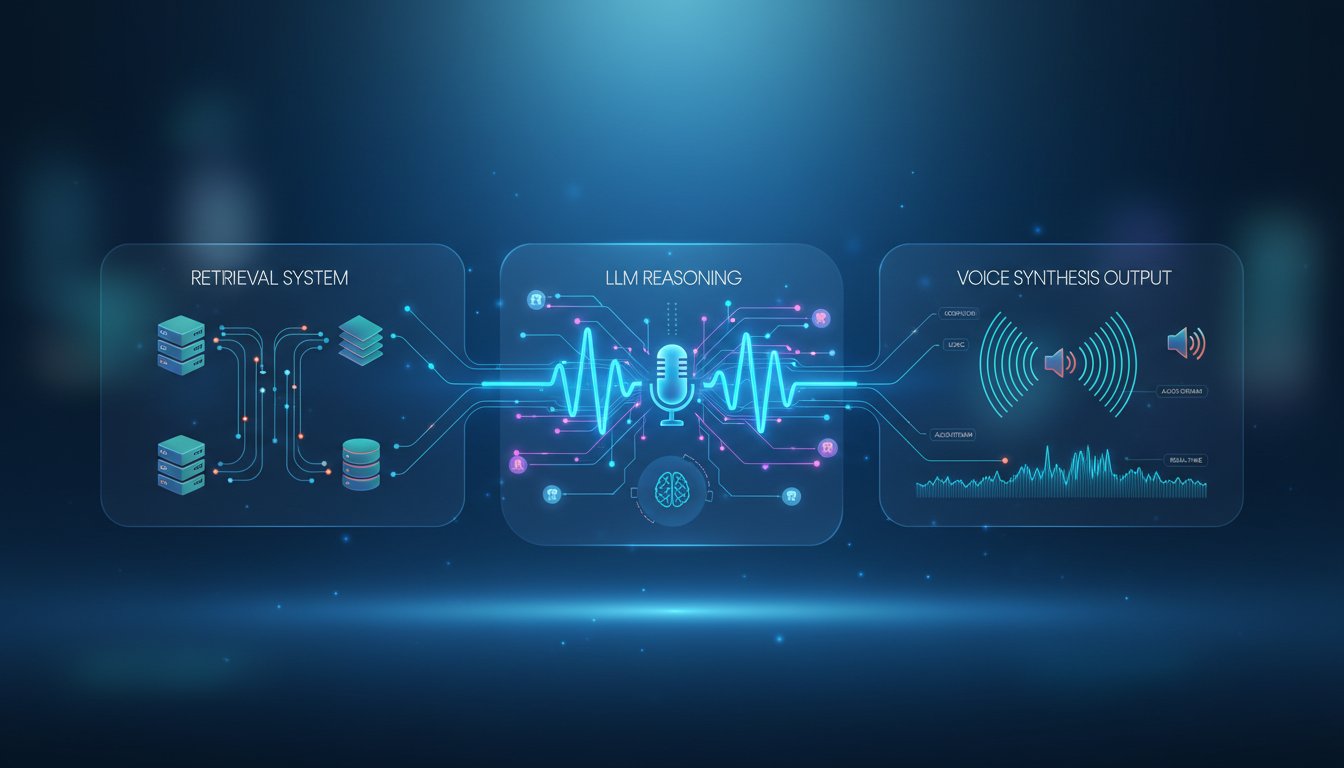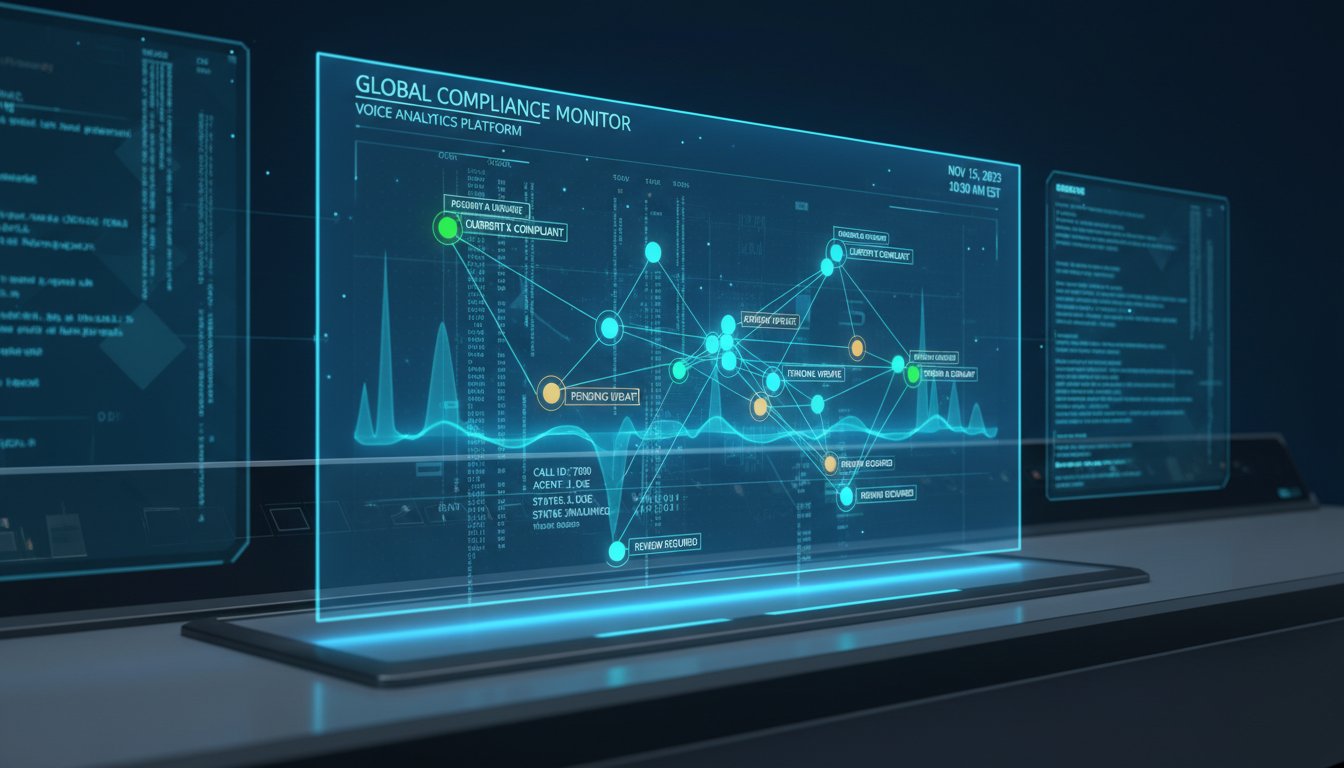The enterprise AI landscape just experienced a seismic shift. While everyone was focused on OpenAI’s o1 reasoning model, Google quietly released research that fundamentally changes how we approach RAG system architecture. Their new reasoning framework doesn’t just retrieve and generate—it thinks through problems step by step, creating what industry experts are calling “self-reasoning RAG.”
This isn’t another incremental improvement. We’re looking at a paradigm shift that transforms static document retrieval into dynamic problem-solving workflows. Early enterprise implementations are reporting 40-60% improvements in answer accuracy and 25% reduction in hallucinations compared to traditional RAG approaches.
The timing couldn’t be more critical. As organizations struggle with the limitations of current RAG systems—particularly in complex reasoning tasks like financial analysis, legal research, and technical troubleshooting—this new approach offers a clear path forward. In this comprehensive guide, we’ll walk through building production-ready self-reasoning RAG systems that can handle your organization’s most challenging use cases.
Understanding Self-Reasoning RAG Architecture
Traditional RAG systems follow a simple pattern: retrieve relevant documents, inject them into context, and generate responses. Self-reasoning RAG fundamentally restructures this workflow by introducing intermediate reasoning steps that mirror human problem-solving processes.
The Core Components
The architecture consists of four primary layers that work in concert to deliver superior results:
Reasoning Orchestrator: This component manages the overall problem-solving workflow, breaking complex queries into manageable sub-problems. Unlike traditional RAG systems that immediately jump to retrieval, the orchestrator first analyzes the query to determine what type of reasoning is required.
Dynamic Retrieval Engine: Rather than retrieving documents based solely on semantic similarity, this engine performs targeted searches based on the reasoning requirements identified by the orchestrator. It might retrieve financial data for quantitative analysis, then separately fetch regulatory documents for compliance checking.
Step-by-Step Processor: This is where the magic happens. The processor works through each reasoning step methodically, maintaining context between steps and building toward a comprehensive solution. Each step is validated before proceeding to the next.
Synthesis Layer: The final component combines insights from all reasoning steps into coherent, actionable responses while maintaining full traceability back to source documents.
Key Architectural Differences
What sets this approach apart is the introduction of explicit reasoning chains. Traditional RAG systems often struggle with multi-step problems because they lack the ability to maintain reasoning state between operations. Self-reasoning RAG maintains a persistent reasoning context that grows more sophisticated as it processes each step.
The system also implements what researchers call “reasoning checkpoints”—validation steps that ensure each reasoning step is sound before proceeding. This dramatically reduces the compound errors that plague traditional systems when dealing with complex problems.
Implementation Strategy for Enterprise Environments
Building self-reasoning RAG systems requires a methodical approach that accounts for enterprise requirements around security, scalability, and maintainability.
Phase 1: Foundation Setup
Start by establishing your reasoning framework infrastructure. This involves deploying the core reasoning orchestrator and configuring it to work with your existing document stores and knowledge bases.
The orchestrator needs access to your organization’s structured and unstructured data sources. Unlike traditional RAG implementations, you’ll need to categorize your knowledge base by reasoning type—analytical documents, procedural guides, factual references, and contextual background materials.
Configuration requires defining reasoning templates for your most common use cases. Financial analysis workflows differ significantly from legal research patterns, and your system needs predefined reasoning paths for each domain.
Phase 2: Reasoning Chain Development
This phase focuses on building the step-by-step reasoning capabilities that differentiate this approach from traditional RAG. You’ll develop reasoning chains tailored to your organization’s specific needs.
For financial analysis use cases, a typical reasoning chain might start with data validation, proceed through trend analysis, incorporate regulatory considerations, and conclude with risk assessment. Each step has defined inputs, processing requirements, and validation criteria.
Legal research chains follow different patterns, often beginning with precedent identification, moving through case law analysis, considering jurisdictional factors, and synthesizing recommendations. The key is ensuring each reasoning step builds logically on previous steps while maintaining access to relevant source materials.
Phase 3: Integration and Optimization
The final implementation phase involves integrating your self-reasoning RAG system with existing enterprise workflows and optimizing performance for production workloads.
Integration typically requires API development to connect with your organization’s existing systems—CRM platforms, document management systems, and business intelligence tools. The reasoning system should feel like a natural extension of existing workflows rather than a separate tool.
Performance optimization focuses on reasoning chain efficiency and resource management. Complex reasoning operations can be computationally intensive, so implementing intelligent caching and parallel processing becomes critical for production deployment.
Technical Implementation Deep Dive
Let’s examine the technical specifics of building production-ready self-reasoning RAG systems.
Reasoning Orchestrator Development
The orchestrator serves as the brain of your self-reasoning system. It analyzes incoming queries, determines appropriate reasoning strategies, and manages the overall problem-solving workflow.
Implementation starts with query classification logic that identifies reasoning requirements. Simple factual queries might bypass complex reasoning chains, while analytical questions trigger multi-step processing workflows.
The orchestrator maintains reasoning state throughout the entire process, tracking completed steps, intermediate results, and decision points. This state management enables the system to backtrack when reasoning paths prove unproductive and explore alternative approaches.
Error handling becomes particularly important in orchestrator development. When reasoning steps fail or produce questionable results, the orchestrator needs fallback strategies that maintain system reliability while preserving reasoning quality.
Dynamic Retrieval Implementation
Traditional RAG systems retrieve documents based on semantic similarity to the user’s query. Self-reasoning RAG implements dynamic retrieval that adapts based on current reasoning requirements.
The retrieval engine receives context from the reasoning orchestrator about what type of information is needed for each step. Instead of retrieving generally relevant documents, it performs targeted searches for specific information types—quantitative data, regulatory guidelines, procedural instructions, or contextual background.
Implementation requires developing retrieval strategies for different reasoning contexts. Financial analysis steps might prioritize numerical data and trend information, while compliance checking focuses on regulatory documents and policy guidelines.
The system also implements iterative retrieval, where initial reasoning steps inform subsequent retrieval operations. As the reasoning process develops understanding of the problem space, retrieval becomes increasingly targeted and effective.
Step-by-Step Processing Logic
The core innovation in self-reasoning RAG lies in explicit step-by-step processing that mirrors human problem-solving approaches.
Each reasoning step receives specific inputs—retrieved documents, previous reasoning results, and current problem context. The processing logic works through each step methodically, producing intermediate results that feed into subsequent steps.
Validation mechanisms ensure reasoning quality at each step. This might involve cross-referencing conclusions against source documents, checking numerical calculations, or verifying logical consistency between reasoning steps.
The system maintains detailed logs of reasoning processes, enabling full traceability from final conclusions back through individual reasoning steps to source documents. This transparency proves crucial for enterprise applications where decision auditing is required.
Production Deployment and Scaling Considerations
Deploying self-reasoning RAG systems in production environments requires careful attention to performance, reliability, and scalability requirements.
Performance Optimization Strategies
Self-reasoning processes can be computationally intensive, particularly for complex multi-step problems. Implementing effective performance optimization becomes critical for production success.
Caching strategies prove particularly effective for reasoning systems. Common reasoning patterns can be cached and reused, dramatically reducing processing time for similar problems. The key is implementing intelligent cache invalidation that ensures cached results remain current as underlying knowledge bases evolve.
Parallel processing offers another optimization avenue. Independent reasoning steps can be processed simultaneously, reducing overall response times. However, managing dependencies between reasoning steps requires sophisticated orchestration to maintain logical consistency.
Resource management becomes crucial as reasoning complexity increases. Implementing dynamic resource allocation ensures system responsiveness during peak usage while optimizing costs during quieter periods.
Monitoring and Quality Assurance
Production self-reasoning RAG systems require comprehensive monitoring to ensure reasoning quality and system reliability.
Reasoning quality metrics go beyond traditional accuracy measures to include logical consistency, step-by-step validity, and conclusion traceability. Monitoring systems need to track these metrics continuously and alert administrators when reasoning quality degrades.
System performance monitoring focuses on reasoning latency, resource utilization, and error rates across different reasoning types. Complex reasoning chains might perform differently under various load conditions, requiring adaptive monitoring strategies.
User feedback integration provides crucial insights into reasoning effectiveness. Implementing feedback loops that capture user assessments of reasoning quality enables continuous system improvement and helps identify areas where reasoning logic needs refinement.
The future of enterprise AI lies not in faster retrieval or more sophisticated generation, but in systems that can think through problems methodically and transparently. Self-reasoning RAG represents a fundamental evolution in how we approach complex business problems with AI assistance.
By implementing the strategies outlined in this guide, your organization can build RAG systems that don’t just find and regurgitate information—they solve problems. The combination of structured reasoning, dynamic retrieval, and transparent processing creates AI systems that augment human intelligence rather than simply automating information retrieval.
Ready to transform your organization’s approach to AI-powered problem solving? Start by assessing your current RAG implementation and identifying use cases where step-by-step reasoning would provide the most value. The investment in self-reasoning capabilities pays dividends in improved decision quality and reduced AI-related risks.




